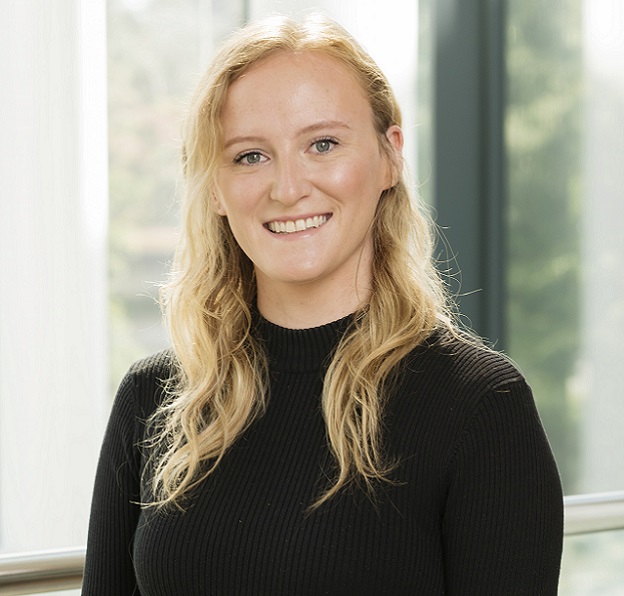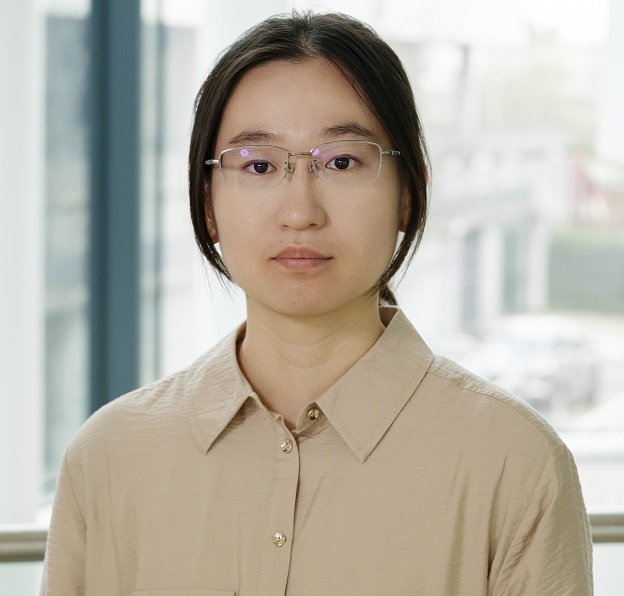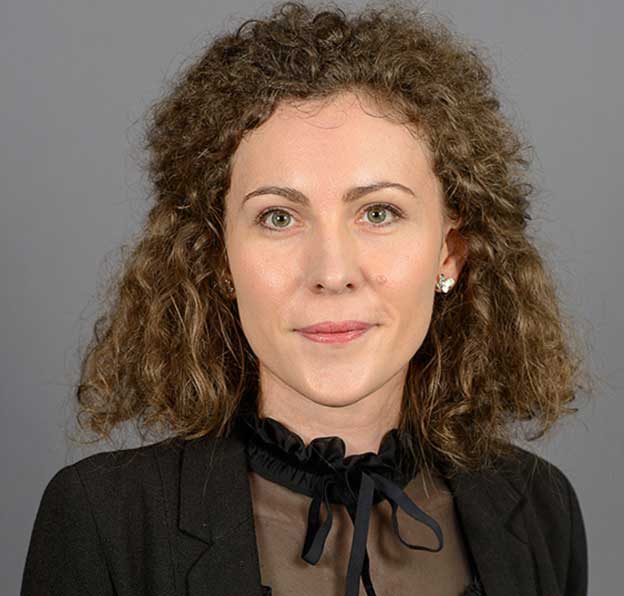
About the Group
What We Do
Malignancies arising in children are rare; and differ from cancers developing in adults. However, treatment regimens for children often consist of drugs used to treat adult cancers; and current therapies are associated with long-term side effects in children. Therefore, my group aims to identify less toxic and better personalised therapies for children with cancer. In particular, we focus on highly aggressive childhood cancers which are driven by the ‘undruggable’ MYCN or MYC transcription factors, such as neuroblastoma (NB) and Burkitt’s lymphoma (BL), respectively. NB originates from the sympathetic nervous system; while BL is a non-Hodgkin lymphoma which is endemic in Equatorial Africa. Our aim is to better understand the mechanistic role of MYC and MYCN in childhood cancers to identify novel therapies for children with MYC or MYCN-driven malignancies by using -omics and systems biology approaches.
Join our team
If you are interested in PhD or postdoc opportunities, contact (opens in a new window)melinda.halasz@ucd.ie.
Selected publications
For a complete list see (opens in a new window)Google Scholar
(opens in a new window)A temporal (phospho-) proteomic dataset of neurotrophic receptor tyrosine kinase signalling in neuroblastoma
Stephanie Maher, Kieran Wynne, Vadim Zhernovkov, Melinda Halasz.
Scientific Data, 2024; 11 (1), 1111.
(opens in a new window)Epigenetic Dysregulation in MYCN-Amplified Neuroblastoma
Soraya Epp, Shin Mei Chuah, Melinda Halasz.
International Journal of Molecular Sciences. 2023; 24 (23), 17085.
(opens in a new window)Control of cell state transitions
Oleksii S Rukhlenko, Melinda Halasz, Nora Rauch, Vadim Zhernovkov, Thomas Prince, Kieran Wynne, Stephanie Maher, Eugene Kashdan, Kenneth MacLeod, Neil O Carragher, Walter Kolch, Boris N Kholodenko.
Nature. 2022; 609 (7929), 975-985.
(opens in a new window)A chemo-genomic approach identifies diverse epigenetic therapeutic vulnerabilities in MYCN-amplified neuroblastoma
A Krstic, A Konietzny, M Halasz, P Cain, U Oppermann, W Kolch, DJ Duffy.
Frontiers in Cell and Developmental Biology. 2021; 9, 612518.
(opens in a new window)Predicted ‘wiring landscape’of Ras-effector interactions in 29 human tissues
S Catozzi, M Halasz, C Kiel.
npj Systems Biology and Applications. 2021; 7 (1), 10.
(opens in a new window)N-Linked glycosylation profiles of therapeutic induced senescent (TIS) triple negative breast cancer cells (TNBC) and their extracellular vesicle (EV) progeny
Emma L Kavanagh, Melinda Halasz, Paul Dowling, Jo Withers, Sinéad Lindsay, Michaela J Higgins, Jane A Irwin, Pauline M Rudd, Radka Saldova, Amanda McCann.
Molecular Omics. 2021; 17 (1), 72-85.
(opens in a new window)Lapatinib potentiates cytotoxicity of YM155 in neuroblastoma via inhibition of the ABCB1 efflux transporter
Radic-Sarikas B*, Halasz M*, Huber KVM, Winter GE, Tsafou KP, Papamarkou T, Brunak S, Kolch W, Superti-Furga G.
Scientific Reports. 2017; 7(1):3091.
(opens in a new window)Integrating network reconstruction with mechanistic modelling to predict cancer therapies
Halasz M, Kholodenko BN, Kolch W, Santra T.
Science Signaling. 2016; 9(455):ra114.
(opens in a new window)Integrative omics reveals MYCN as a global suppressor of cellular signalling and enables network-based therapeutic target discovery in neuroblastoma
Duffy DJ*, Krstic A*, Halasz M*, Schwarzl T*, Fey D, Iljin K, Mehta JP; Killick K; Whilde J; Turriziani B, Haapa-Paananen S, Fey V, Fischer M, Westermann F, Henrich KO, Bannert S, Higgins DG, Kolch W.
Oncotarget. 2015; 6(41):43182-43201.
(opens in a new window)Signaling pathway models as biomarkers: Patient-specific simulations of J(opens in a new window)NK activity predict the survival of neuroblastoma patients
Fey D, Halasz M, Dreidax D, Kennedy SP, Hastings JF, Rauch N, Munoz AG, Pilkington R, Fischer M, Westermann F, Kolch W, Kholodenko BN, Croucher DR.
Science Signaling. 2015; 8(408):ra130.
(opens in a new window)The dynamic control of signal transduction networks in cancer cells
Kolch W, Halasz M, Granovskaya M, Kholodenko B.
Nature Reviews Cancer. 2015; 15(9):515-527.
(opens in a new window)Protein interaction switches coordinate Raf-1 and MST2/Hippo signalling
Romano D, Nguyen LK, Matallanas D, Halasz M, Doherty C, Kholodenko BN, Kolch W.
Nature Cell Biology. 2014; 16(7):673-684.
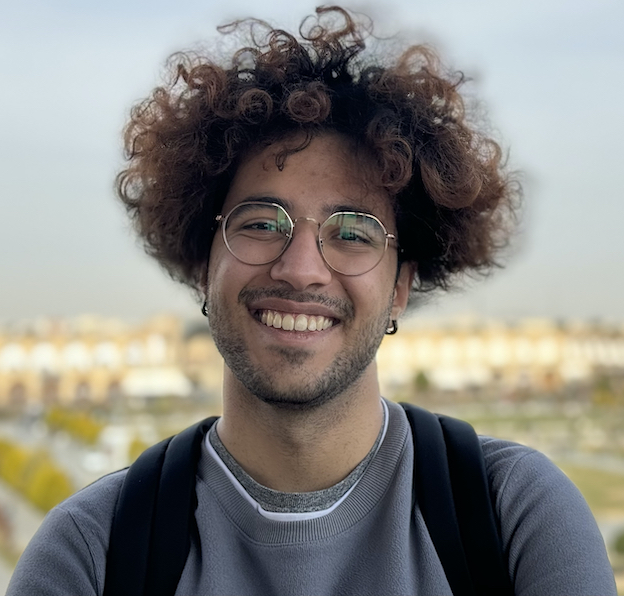
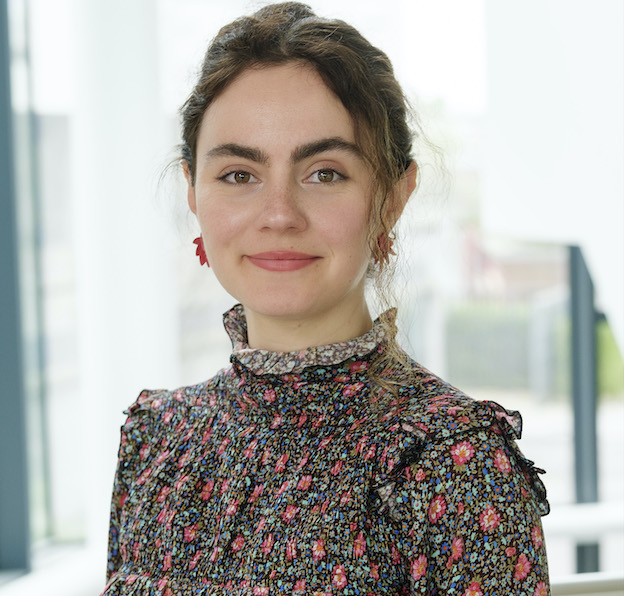
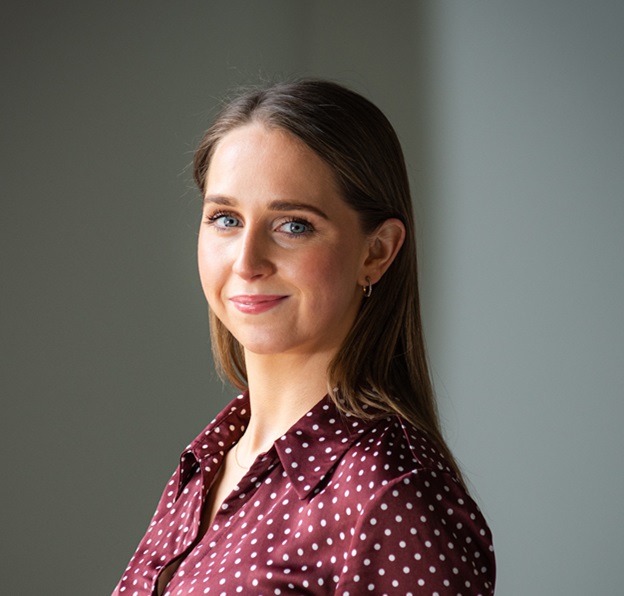
.jpg)
